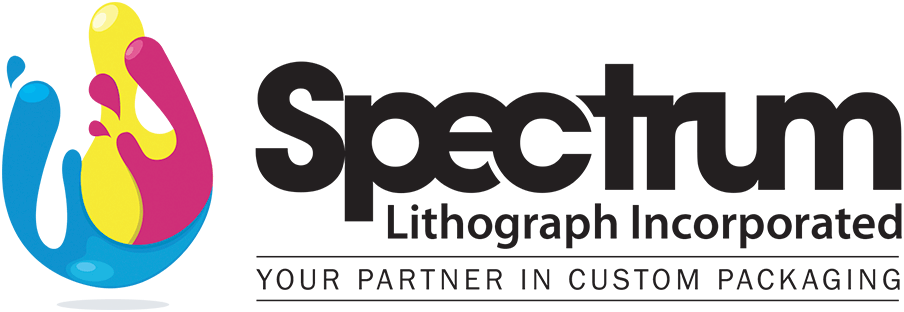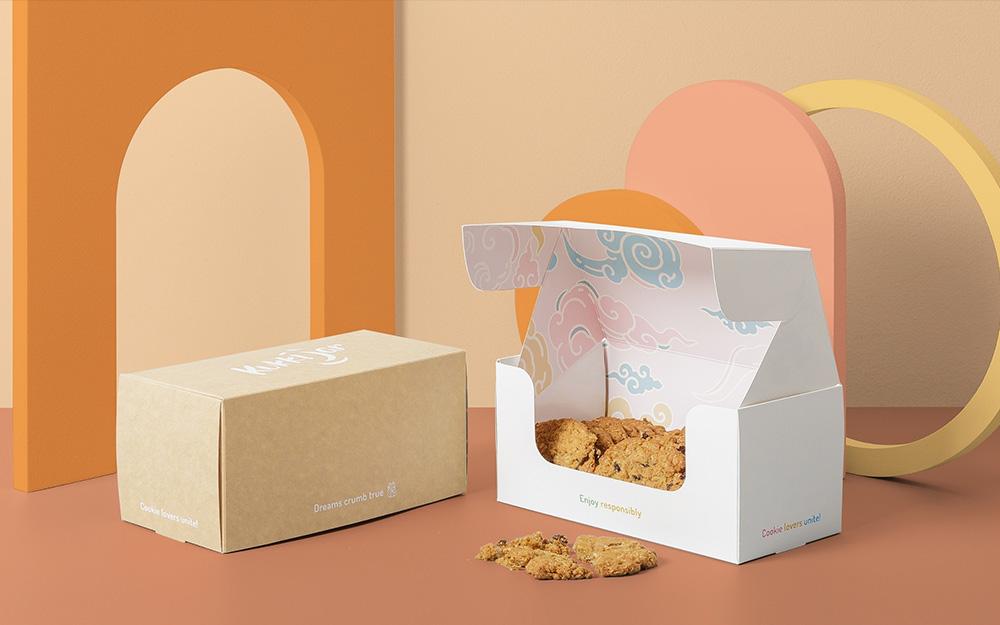In the competitive landscape of the food industry, presentation is paramount. Custom packaging not only protects your products but also serves as a powerful tool for brand differentiation and customer engagement. Whether you’re a small artisanal bakery or a large-scale food manufacturer, investing in custom packaging can elevate your brand to new heights. In this blog post, we’ll delve into the importance of custom packaging for food products, focusing on safety considerations and design tips to help you stand out on the shelf.
Why Custom Packaging Matters
1. Brand Identity:
Custom packaging allows you to showcase your brand’s unique identity and values. Whether it’s through color schemes, logos, or messaging, your packaging serves as a tangible representation of your brand ethos. Consistent branding builds recognition and fosters trust among consumers.
2. Product Protection:
Beyond aesthetics, custom packaging plays a crucial role in preserving the quality and freshness of your food products. Tailored packaging solutions ensure that your items remain intact during transit and storage, reducing the risk of damage or contamination.
3. Consumer Experience:
In today’s consumer-driven market, the unboxing experience is just as important as the product itself. Custom packaging enhances the overall customer experience, evoking excitement and delight. Thoughtful design elements can leave a lasting impression and encourage repeat purchases.
Safety Considerations
1. Material Selection:
When designing custom packaging for food products, safety should always be a top priority. Choose materials that are food-grade, non-toxic, and compliant with industry regulations. Common options include cardboard, corrugated board, and biodegradable plastics.
2. Barrier Properties:
Certain food products require specific barrier properties to maintain freshness and prevent spoilage. Consider factors such as moisture resistance, oxygen transmission rates, and UV protection when selecting packaging materials. Consult with packaging experts to ensure optimal preservation.
3. Labeling Requirements:
Accurate and informative labeling is essential for consumer safety and regulatory compliance. Clearly indicate product ingredients, nutritional information, allergen warnings, and expiration dates on your custom packaging. Utilize FDA-approved printing techniques to ensure clarity and durability.
Design Tips for Impactful Packaging
1. Visual Appeal:
Capture consumers’ attention with eye-catching designs that reflect your brand’s personality. Experiment with vibrant colors, bold typography, and captivating imagery to create a memorable visual impact. Strive for a balance between creativity and readability to effectively communicate your message.
2. Functional Design:
Prioritize functionality in your packaging design to enhance usability and convenience. Consider ergonomic features such as easy-open seals, resealable closures, and portion-control compartments. Streamline the packaging process for both consumers and retailers to streamline the user experience.
3. Sustainability:
Embrace eco-friendly packaging solutions to align with growing consumer demand for sustainability. Explore recyclable, compostable, and biodegradable materials that minimize environmental impact. Incorporate eco-conscious messaging to highlight your commitment to sustainability and attract eco-conscious consumers.
Conclusion
Custom packaging serves as a powerful tool for food businesses to differentiate themselves in a crowded market. By prioritizing safety and incorporating thoughtful design elements, you can create packaging that not only protects your products but also enhances brand perception and fosters consumer loyalty. Invest in custom packaging today to elevate your brand and leave a lasting impression on customers.

